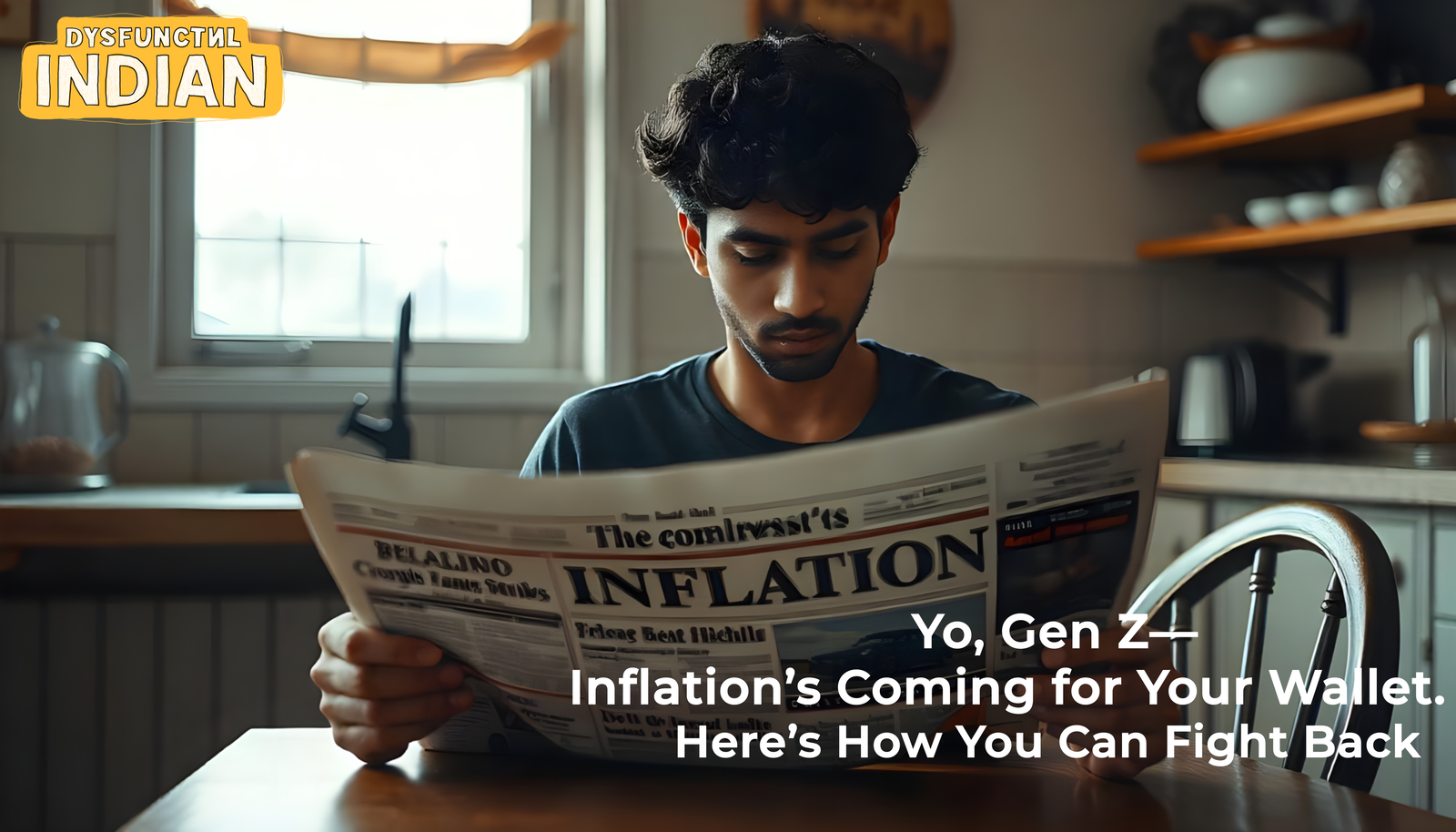Section 479 of BNSS Could Free 4.3 Lakh Undertrial Prisoners
Posted by admin on 2024-09-03 |

The Supreme Court has recently handed
down a game-changing order that could bring hope to nearly 4.3 lakh undertrial
prisoners across India. The court extended the benefits of Section 479 of the
Bharatiya Nagarik Suraksha Sanhita (BNSS) to all undertrials, even for cases
that were registered before the new criminal laws kicked in on July 1, 2024.
This ruling came as part of the ongoing Inhuman
Conditions in the 1382 Prisons case, decided on August 23, 2024.
What Is Section 479?
Section 479 of BNSS is designed to
prevent the long, unnecessary detention of prisoners, which has been a serious
issue in India’s criminal justice system for years. This section limits how
long a person can be held while awaiting trial. It’s pretty much a continuation
of Section 436A from the old Code of Criminal Procedure (CrPC) of 1973. It
prohibits keeping an undertrial locked up for more than the maximum sentence
they’d face if convicted. If someone’s been in jail for half of that maximum
time, and the crime isn’t punishable by death or life imprisonment, they can
get bail.
But here’s where Section 479 goes
further: It allows first-time offenders to be released on bail after serving
just one-third of their maximum sentence, which is a huge deal. The Supreme
Court has made it clear that this benefit should apply to all undertrial
prisoners, even for cases before July 1, 2024. Now, prison superintendents are
required to file bail applications for eligible inmates, and they’ve got two
months to do it, followed by a compliance report. District and Sessions Judges
overseeing Under Trial Review Committees (UTRCs) will ensure that this gets
done.
Why Is This Important?
1.
Fewer Undertrials Behind Bars: According to the Prison Statistics India Report 2022
(PSI 2022), 75.8% of India’s prison population, or 4,34,302 out of 5,73,220
inmates, are undertrials. India ranks sixth globally for the highest proportion
of undertrials in prison. With Section 479, a significant number of prisoners
can now get bail, leading to a noticeable drop in the number of undertrial
inmates.
2.
Shorter Detention Periods: Over the past decade, the
number of undertrial prisoners held for three to five years has nearly doubled,
while those detained for less than a year dropped by 8%. Section 479’s
provision for the early release of first-time offenders after serving one-third
of their maximum sentence could dramatically reduce these detention periods.
3.
Less Overcrowding: The overcrowding crisis in Indian
prisons—where the average occupancy is at 131.4%, with some prisons exceeding
200%—is largely due to the high number of undertrial prisoners. Reducing this
number will help ease the strain on prison facilities.
4.
Preserving the Presumption of Innocence: The principle of
"innocent until proven guilty" is often overlooked when people spend
years in jail only to be found innocent later. With a low recidivism rate (7.7%
for arrestees and 1.9% for convicts in 2022), Section 479 ensures that more
prisoners can go home after serving one-third of their potential sentence,
without being forced to serve a de facto sentence while awaiting trial.
What’s Next?
For Section 479 to really make a
difference, it’ll take some serious follow-through. Back in 2005, when Section
436A was added to the CrPC, the Supreme Court issued directives, and the
Ministry of Home Affairs sent out advisories to help implement it. Similar
steps, including reviews by UTRCs and tech upgrades in prison management, made
a big impact over the last decade. Now, similar efforts are needed to make sure
Section 479 of BNSS is fully and effectively implemented, so no one has to
spend a day longer in jail than they should.









